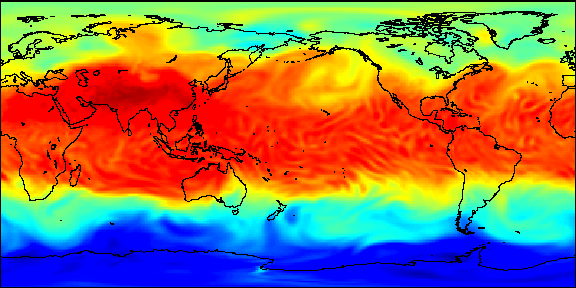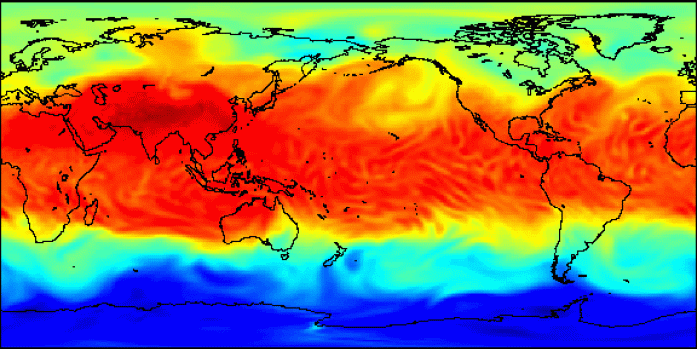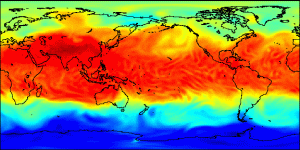PNMSCALE
NAME
pnmscale - scale a portable anymap
SYNOPSIS
pnmscale s [pnmfile]
pnmscale -xsize|-width|-ysize| -height s [pnmfile]
pnmscale -xscale|-yscale s [pnmfile]
pnmscale -xscale|-xsize|-width s -yscale|-ysize|-height s [pnmfile]
pnmscale -xysize x y [pnmfile]
pnmscale -pixels n [pnmfile]
DESCRIPTION
Reads a portable anymap as input. Scales it by the specified factor
or factors and produces a portable anymap as output. If the input
file is in color, the output will be too, otherwise it will be
grayscale. You can both enlarge (scale factor > 1) and reduce (scale
factor < 1).
You can specify one dimension as a pixel size, and the other dimension
will be scaled correspondingly.
You can specify one dimension as a scale, and the other dimension will
not be scaled.
You can specify different sizes or scales for each axis.
You can use the special -xysize flag, which fits the image into the
specified size without changing the aspect ratio.
Or, you can use the -pixels flag, which fits the image into the
specified number of pixels without changing the aspect ratio.
All flags can be abbreviated to their shortest unique prefix.
If you enlarge by a factor of 3 or more, you should probably add a
pnmsmooth step; otherwise, you can see the original pixels in the
resulting image.
DEMONSTRATION
Let a.pnm be a portable anymap.
The following command will scale it by a factor of 1.17
pnmmerge pnmscale .pnm > .pnm
BEFORE

AFTER
s=1.21

-sizexy 300 160 (result size: 300x150)

-xscale 0.707 -yscale 1.414

SEE ALSO
pbmreduce(1), pnmenlarge(1), pnmsmooth(1), pnm(5)
AUTHOR
Copyright (C) 1989, 1991 by Jef Poskanzer.


 -xscale 0.707 -yscale 1.414
-xscale 0.707 -yscale 1.414
